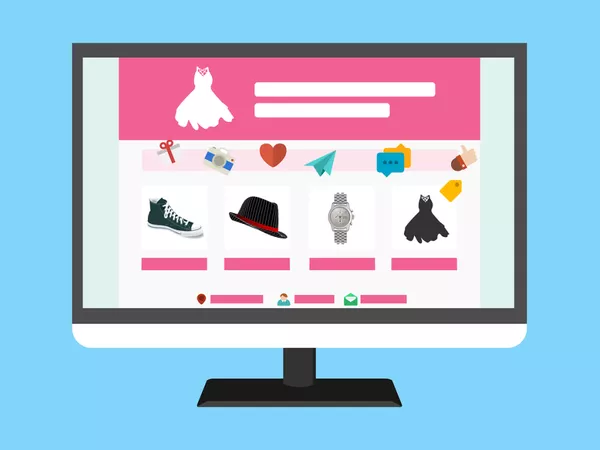How to make an effective home page...
Typically you have just three short seconds to grab someone's attention when they land on your website. And, as most traffic will probably land on your home page, you need it to make a powerful and lasting impression- instantly.
Remember the old adage, “you only get one chance to make a first impression” so you need to make sure it counts.
What's the purpose of your home page?
Your home page must quickly convey a number of key messages to your client including what you do, what you stand for and, a tricky one, a perception of your pricepoint. Believe it or not, people will judge very quickly what you're about, based on your home page.
It is also the start of the visitor's journey with your business which means that the home page needs to take them through a logical sequence of information gradually increasing their confidence that your website is the right one for them. It needs to be engaging and capture their attention so that visitors don't just stay on your site, but they visit time and again.
Make it clear what you do
When it comes to what you can do for the visitor - you need to be clear and concise with this. People visiting your website need to know immediately what it is you do. If you offer a variety of products or services, focus on the one that is most important to your business.
For example, at the time of writing, if you were to visit the Apple website, you would be greeted with a large image of an iPhone 13, which has just launched. We know Apple does a lot more than iPhones, however they are focusing on what is currently the most important to them and most relevant to customers. Maybe you could do this too?
The perfect home page should only include what is completely necessary for the customer. It needs to grab their attention and be informative. Your home page should be clear and functional and be the basis for linking to the rest of the website.
Maximise your customer's experience
How many times have you landed on a home page and not been able to find your way around? Did you stay on that site or did you go and look for a different website - (a competitor)?
A fresh, clear and easy to navigate home page creates a superior user experience. This naturally reduces your bounce rate and increases time spent on your site. If your site is easy to use and clear, people will associate that with your brand.
Make sure there is a balance of image and text - too much text and it becomes boring, but too many images can lead to the page looking messy, or worse still, the page being slow to load. Research shows that people are less likely to stay on a website which has a carousel, so consider only using one image in your banner.
By making the experience a pleasant and easy one, you will gain more repeat visitors, and therefore more customers and sales.
Is your home page on brand?
Having the same font, colours and logos is imperative to create consistency, not only on your home page, but throughout the website. Ensure your website translates well on different devices (mobile, tablet, desktop) so you know your customers experience is optimised, no matter what device they are using.
Creating an on brand home page is about more than just using your logo and brand colours.The tone of voice you use in your website copy needs to be consistent with your overarching brand guidelines and house style. When you write your copy, imagine you are speaking to one person, not the masses. In turn, this will make it more personal and natural, giving the reader the feeling that you value them and are speaking to them, rather than at them.
Be clear about what you want people to do next and a clear 'Call to Action' that helps you achieve that. For example, do you want people to learn more, get in touch, book a call or keep in touch?.
Depending on your business your call to action won't necessarily turn into sales straight away, but having customers sign up to your newsletter (for example) is a way that you can continue to market to them until they are ready for the next step.
We hope you have found this informative, keep an eye out for our next instalment where we will be discussing 5 things to avoid on home pages!





